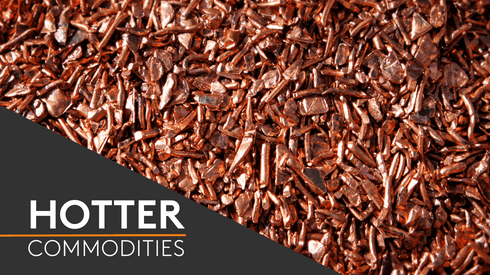The increase was largely due to the ramp-up at the Katanga mine in the Democratic Republic of Congo. A total of 3,500 tonnes of cobalt in hydroxide was produced at the mine in the first quarter compared with 500 tonnes in the January to March quarter of 2018.
First-quarter sales from the mine were zero on account of sales and exports from the DRC being suspended due to excess uranium content in material produced at Katanga, the company noted.
Earlier this month, Glencore announced it had restarted exports of a limited quantity of cobalt that can be processed to reduce uranium levels in line with regulations.
Total production of cobalt at Glencore’s African copper assets, Katanga and Mutanda, was 9,900 tonnes in the January to March quarter, up 62% year on year.
Fastmarkets assessed cobalt payables – the percentage of the benchmark standard-grade cobalt metal price paid to secure hydroxide – at 67-69% on April 30. Payables at 80% and above were seen in 2018, but have come under considerable pressure from increasing supply, including large increases from Katanga.
First-quarter cobalt metal production at Murrin Murrin in Australia was up 14% year on year to 800 tonnes. At Nikkelverk, cobalt production totaled 200 tonnes in the first three months of 2019, unchanged from last year.
Glencore expects to produce 53,000-61,000 tonnes of cobalt in 2019. Production in 2018 was 42,200 tonnes, an increase of 54% year on year, largely due to the ramp-up at Katanga.
Forecast production for 2019 includes an anticipated 26,000 tonnes of cobalt from Katanga, the sales of most of which will be realized in 2020 as the company pursues a technical solution to high uranium levels in the form of an ion exchange.
Katanga’s first-quarter cobalt production was down 24% compared with the fourth quarter of 2018; Glencore late last year revised its forecast for cobalt production in 2019 to reflect a slower ramp-up at Katanga.




